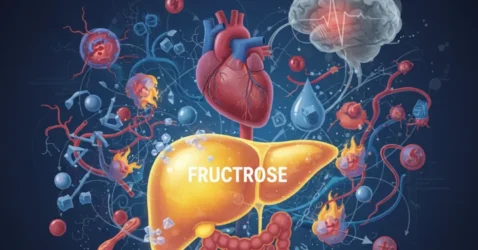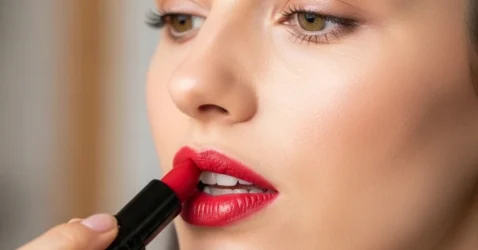Kate Middleton’s Candid Confession: The Unspoken ‘Rollercoaster’ of Cancer Recovery
When Catherine, Princess of Wales, stepped into the spotlight to share her cancer diagnosis in March 2024, the message was unprecedented. The British royal family, long defined by its stoicism and meticulously managed public image, rarely allows a glimpse behind the curtain, especially concerning health. Kate’s announcement was a vulnerable, raw exception—a deliberate choice to share not just a health update, but a deeply personal, uncertain chapter of her life. Over a year later, her latest revelations confirm that she is not only recovering but actively rewriting the royal rulebook for public vulnerability and honesty.
Beyond Remission: The Reality of ‘The Phase Afterwards’
In a recent appearance at Colchester Hospital, the Princess of Wales did something that felt almost revolutionary for a royal: she was simply honest. Her discussion wasn’t a glossy narrative of overcoming illness or a triumphant declaration of victory. Instead, she offered a profound and complicated reflection on the reality of recovery, a perspective rarely voiced by public figures.
She admitted, with startling frankness, that the hardest part isn’t the treatment itself, but “the phase afterwards.”
“Treatment’s done, then it’s like, ‘I can crack on, get back to normal,’ but actually, the phase afterwards is really, really difficult,” she said. “It’s a rollercoaster.”
Yes, the Princess is officially in remission. And yes, she appeared radiant at events like Trooping the Colour and the Order of the Garter just weeks prior. But behind those polished public appearances lies a woman deep in the thick of a recovery process that, by her own admission, is far from linear. She is dismantling the illusion that “remission” instantly means “restored.”
The Unspoken Struggle: Why the ‘After’ Is So Difficult
Kate’s apt description of the experience as a “rollercoaster” perfectly encapsulates the emotional and physical reality for many cancer survivors once active treatment concludes and the intense focus fades. The societal expectation is that once chemotherapy is over, life instantly resumes. However, the reality is far more complex. Survivors often grapple with intense emotional whiplash, the lingering, profound fatigue from the treatment itself, and the heavy mental burden of living with the shadow of uncertainty.
This is the reality Kate is choosing to illuminate. Most public figures shy away from discussing the messy, unglamorous “after,” especially in front of cameras, even while engaging in a symbolic act like planting a rose named in their honor—which she did during this visit. Her moment of vulnerability was not an accident; it was a strategic honesty, a conscious effort to challenge the prevalent, overly-optimistic narrative around cancer recovery.
A Quiet Act of Self-Preservation
In June, the royal family’s notoriously rigid schedule saw a significant break when Kate made headlines for her absence from Royal Ascot. This led to a predictable media frenzy, fueling speculation about her health. Even royal aides, typically unfazed, were reportedly concerned, with one source suggesting Kate was “fortunate to even be speaking of recovery,” underscoring the seriousness of her ordeal.
However, Kensington Palace confirmed that the absence was not due to an ominous turn. After attending two major, back-to-back royal events, Kate simply needed time to rest and prioritize her health. The fact that a future Queen chose to put her mental and physical well-being first, instead of pushing through an engagement to satisfy public expectation, is a quiet yet profound act of self-preservation. It sends a powerful message: even royalty is allowed to say, “I’m tired. I need to rest.”
Healing Her Way: Acupuncture, Roses, and Saying No
During her visit to Colchester, Kate offered further insights into her holistic approach to healing. She revealed she’s been using acupuncture, a traditional Chinese therapy she also utilized during her pregnancies, to help manage the physical and emotional residue of her cancer journey. This admission, while seemingly minor, is a powerful reminder that recovery involves more than just hospital gowns and prescriptions; it’s about tending to the mind, body, and spirit with what works personally.
She also helped plant a “Catherine’s Rose” to honor cancer patients, support staff, and the Royal Marsden Cancer Charity, one of her long-time patronages. It was a deeply personal, symbolic gesture, exemplifying how she is now choosing to use her limited energy: showing up where it truly counts.
In fact, her approach to royal duties has fundamentally shifted. Kate is not rushing back to her old routine. She is focusing on purposeful, meaningful appearances—such as her support for Children’s Hospice Week—over routine, obligation-driven duties. She is no longer filling her calendar to satisfy tabloid headlines; she is deliberately prioritizing matters of health and heart.
The Bigger Message: Recovery Is a Process, Not a Performance
This new, post-cancer Kate is marked by a softer demeanor and a surprising candor. This vulnerability is helping her forge a connection with the public that few royals have ever achieved. She is no longer just the impeccably dressed Duchess; she is a woman who faced her mortality and who is choosing to talk about the messy, unglamorous parts of surviving.
Her message to the world is clear: you don’t need to fake feeling okay. You don’t need to apologize for needing rest. And you certainly don’t owe the world a perfect, “bounced-back” comeback story.
So, the next time the Princess of Wales skips a public appearance, perhaps the reaction shouldn’t be panic or speculation. Instead, we should take a page from her book and remember her crucial lesson: recovery is a process, not a performance. And Kate, it seems, is committed to doing it on her own terms.















